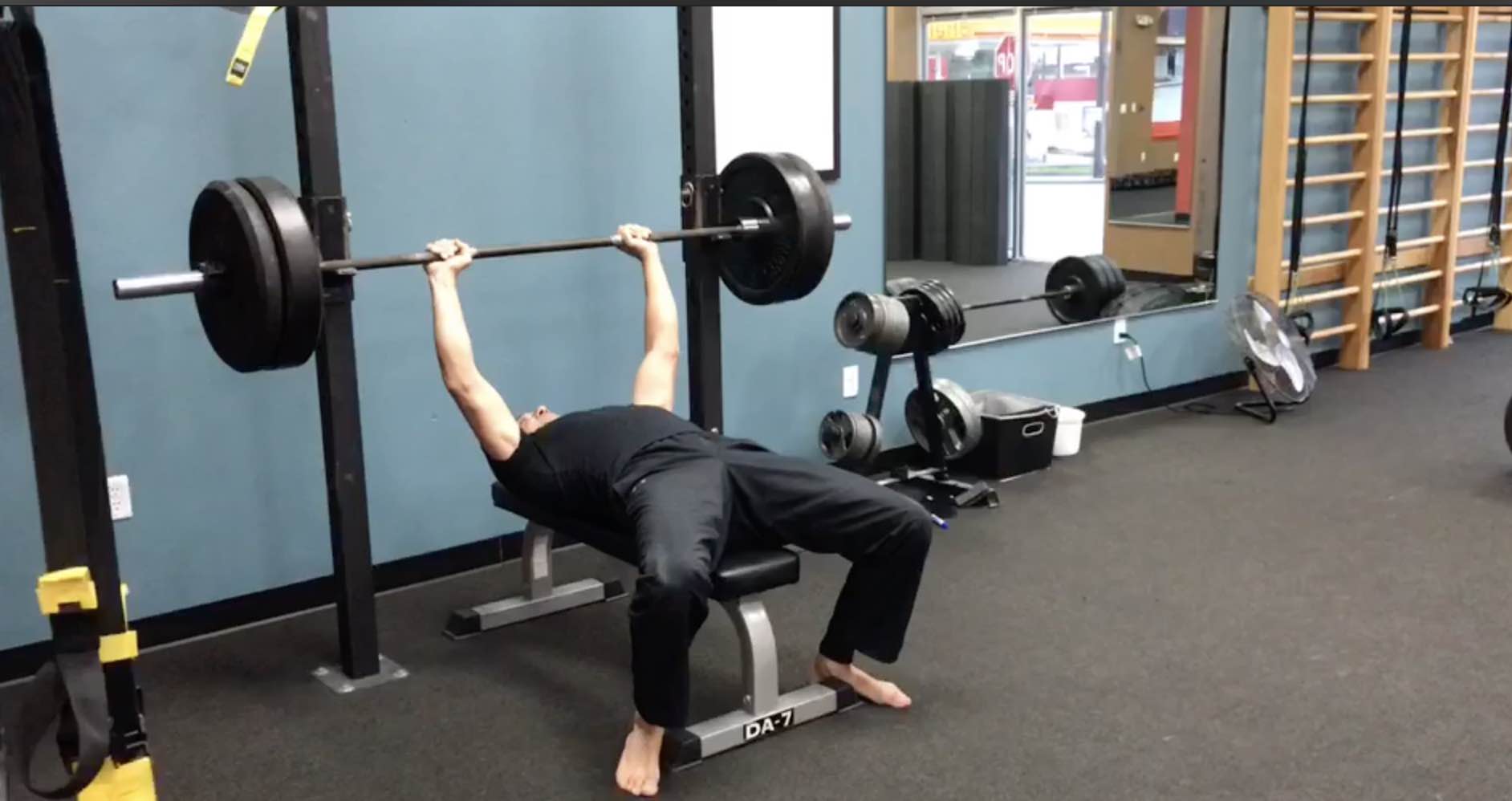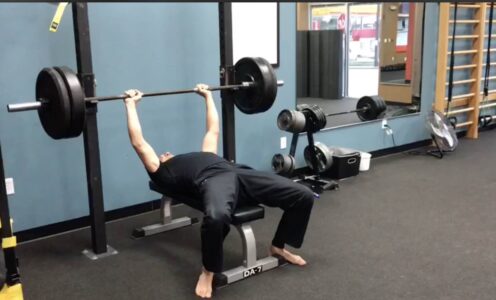Weightlifting and Parkour
At the beginning of the 20th century, an unknown French Navy lieutenant revolutionized physical fitness forever. His name was Georges Hebert and he had more than just a great mustache and a ripped physique. He had a vision, a few books in the making, and an extensive piece of work that he called “the Natural Method”. He managed to convince his hierarchy that the way physical education was taught in France needed to adopt on a more modern system based on practical movements. At a time when tennis was played wearing hat and tie, or long dresses with bustles, Hebert was seen as a weirdo who promoted training barefoot and with minimal clothing, even for women. While the sailormen had almost no physical activities apart from their daily tasks, Hebert designed a method where they had to run, jump in many different ways, lift and carry odd objects, climb various obstacles and crawl over and under whatever could be found in the environment.
The Natural Method was completely new at the time, but deeply rooted in what human beings have been done since the dawn of age. Then two world wars took place in Europe. Everyone forgot Georges Hebert’s name but his main principles are still applied in most armies in the world.
Fast forward to the 1980s in the suburbs of Paris, a group of nine teenagers and their friends calling themselves Yamakasi, from a Congolese word meaning Strong. Looking for their identity as young men and second-generation immigrants, they train their strength and courage using the urban environment they live in. They push their mental and physical limits and start climbing on buildings, balancing on top of them, jumping from them, crawling over and under whatever obstacles are in their way. That sounds a lot like the old Georges Hebert credo, the Natural Method.
What these daredevils do is frowned upon and often seen as lawbreaking, as they seem to train to evade the police. Nothing can be further from the truth. They are slowly building the foundations of a sport that will be called Parkour, or sometimes Free Running, and will be practiced by hundreds of thousands of “Traceurs” (a name for Parkour practitioners, from a French slang word meaning “quickly and swiftly moving away”). Millions of spectators around the world will see Sebastian Foucan in the breathtaking opening sequence in James Bond’s Casino Royale, or David Belle performing in multiple movies, including the recent “District 13”, and practically every action movie director out there will hire Traceurs to perform thrilling chase sequences on the roofs or the streets of a city. Inspired by movies like Jason Bourne, video games like Assassin’s Creed, or shows like Cirque du Soleil, Traceurs train in every city of the planet and upload thousands of videos of their practice on YouTube.
What might look like risk-taking improvised stunts is actually a sport that required discipline, strength, precision, grip, balance, explosiveness and constant practice and skilled repetition. Notice the similarities with hard-style kettlebell training? As a matter of fact, of all the disciplines that could supplement what a Traceur does, I believe weightlifting training is probably one of the best suited.
. Grip strength: Imagine yourself doing a Wall Run, where the goal is to run up a wall (hence the name) in order to catch the top of it and pull yourself up over. Your ability to strongly and quickly grab an object with your fingers is paramount. Heavy Farmer’s carries and Bottoms-up drills can definitely help you with that. Pull Ups immediately come to mind as well, either bodyweight or loaded with a kettlebell or a plate.
. Hand conditioning: something that became almost an art in itself in the Parkour community is to smoothly move around horizontal and vertical bars. Sometimes the fastest way to go over an obstacle is to jump and grab a horizontal bar, like a scaffolding, and swing forward to create enough momentum for a leap. That’s a lot of friction on your hands! What better training than kettlebell Snatches and heavy one-arm Swings?
. Balancing: being able to walk or run at height (on a wall, a bar, a handrail) depends on your ability to move and stand on one leg, something that can be trained with single-leg Deadlift (with a heavy kettlebell or a barbell) and similar drills. Being able to do a Cat Walk (crawling on all fours on top of a handrail) is a feat that requires an impressive amount of core integration and lats activation, things that are constantly trained through the Kettlebell Turkish Get Up.
. Lower body strength and explosiveness: how could you expect to jump from one obstacle to the next without increasing power production in your posterior chain? The obvious answer is once again the kettlebell Swing. Heavy weightlifting moves, like Cleans and Jerks work very well too. Only a few other modalities would help generate similar power output, but none would be more convenient and faster to learn.
. Upper body strength: most vaults in Parkour also involve arms and hands. A Kong Vault for instance requires tremendous upper body strength and coordination. Grinds like the barbell overhead Press and the the kettlebell Turkish Get-Up will establish a base of strength and stability in the shoulder girdle. Ballistic movements like the barbell and the kettlebell Snatch will help with power production and shoulder integrity, and should be a go-to exercise for dedicated Traceurs.
More than a hundred years ago, Georges Hebert’s Natural Method was based on the need for human beings to move in nature, the same way that he saw tribes in Africa interacting with their natural environment, in their daily life, or at war.
In modern days, Parkour is an expression of how one individual can efficiently move through an urban environment using its artificial elements rather than being constrained by them (wall, handrails, stairways, etc).
Kettlebell, barbell and bodyweight training enhance this approach of practical movement. Training principles should provide a wide base of strength, power, integration and safe body structure under tension.
Georges Hebert’s motto was “Etre fort pour etre utile” – “Be Strong to be Useful” and it is something instructors and practitioners should practice every day.

